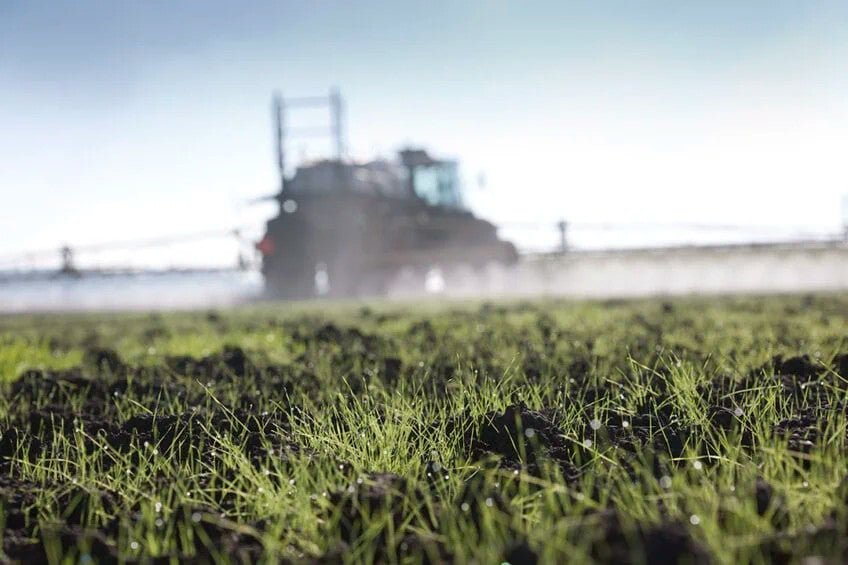
Glyphosate detected in 99% of the French population
A recent study published in the journal Environmental Science and Pollution Research tested urine samples from 6,848 participants and found glyphosate in 99.8% of the samples, suggesting a general contamination of the French population. When paired with demographic and dietary information about the participants, the study found higher levels of glyphosate correlated with:
- Men and children, with glyphosate concentrations reducing as age increases and farming as an occupation
- Consumption of non-organic foods. People whose diets consisted of 85% organic foods had lower levels of glyphosate in their urine
- Consumption of beer
- Consumption of fruit juices
- Tap and spring water as primary water source versus filtered and bottled water.
The mean concentration of glyphosate in the urine samples was 1.19 ng/ml + / − 0.84. In France, the glyphosate Maximum Residue Limit (MRL) for drinking water is 0.1 ng/ml, while the limit is higher in solid foods.
Agriculture is economically very important for France, and half of its surface area is dedicated to farming. Currently, France is ranked as the seventh highest pesticide-using country, while the U.S. is currently ranked second behind China.
Human exposure to glyphosate occurs by consuming contaminated food and water, or by direct contact with the skin and respiratory tracts, which commonly occurs in regions where glyphosate is heavily sprayed. Exposure to glyphosate has been linked to many important human health concerns including the development of cancers, impaired neurodevelopment, and endocrine disruption, particularly related to sex hormones.
The findings of this research support previous studies in France and the greater European region that indicate the widespread use of glyphosate in agriculture is contaminating food and beverages and making its way into human bodies. Urinalyses found nearly half of the tested European population from 18 countries to be contaminated with glyphosate. In France, food testing detected glyphosate in “53% of food samples, including 87.5% of breakfast cereals; concentrations ranged from 40 μg/Kg for a breakfast cereal to 2100 μg/Kg for a sample of dry lentils...” Another study conducted in France showed that glyphosate was found in 100% of infant cereal samples…in Germany, 6 out of 14 beers tested positive for glyphosate. All wines and fruit juices tested in Switzerland contained glyphosate”
content source:
